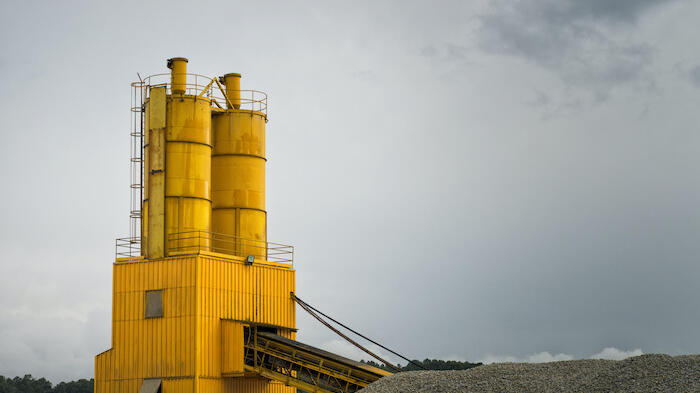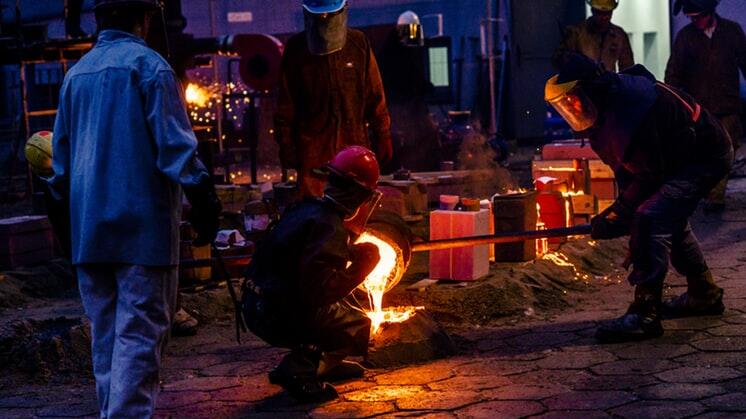 Policy & Regulation
Policy & RegulationReducing emission from cement and steel manufacturing
Summary
Electricity is versatile in terms of its potential uses, but some industrial processes will be difficult to decarbonise. Cement, steel and plastics manufacturing, in particular, pose major challenges. Emissions from cement manufacture could be reduced by as much as 40% by electrifying the heat processes currently fuelled using fossil fuels. Electrified of industrial processes also supports the development and application of advanced energy management. Electricity still has a potentially useful role to play in the decarbonisation of hard-to-treat industrial sectors, says John Bellona. Bellona, An Industry Guide to Climate Action, 2018
2018, 15, network.bellona.org/content/uploads/sites/sites.com/ 2018///11/2018/ /11/23/ 2017/ Williamson/ Williamson- Williamson- 2018/ Williamson. Williamson-Baronona. Williamson, Williamson-D Williamson-son- Williamson. and Williamson-T Williamson.
Open full article
Reducing emission from cement and steel manufacturing
Electricity is remarkably versatile in terms of its potential uses, but some industrial processes will be difficult to decarbonise irrespective of Europe’s overall decarbonisation strategy. Cement, steel and plastics manufacturing, in particular, pose major challenges. The bulk of cement emissions at a modern production facility, for example, are so-called ‘process emissions’ stemming directly from the chemical reactions involved, and fossil fuels form part of the raw materials used to manufacture steel and plastics.
However, the fact that these sectors will be hard to decarbonise in no way implies that electrification does not make sense where it is possible and, indeed, even these processes can be partially decarbonised through existing electric technology. The electrification of industrial processes also supports the development and application of advanced energy management.
Emissions from cement manufacture, for example, could be reduced by as much as 40% by electrifying the heat processes currently fuelled using fossil fuels[1] and emissions from steel manufacture could be reduced by 80% or more by adopting production processes that are already commercially deployed (Circored®).[2] Consequently, electricity still has a potentially useful role to play in the decarbonisation of hard-to-treat industrial sectors.
[1] Bellona, “An Industry Guide to Climate Action,” 2018, 15, network.bellona.org/content/uploads/sites/3/2018/11/Industry-Report-Web.pdf.
[2] Bellona, 9.



